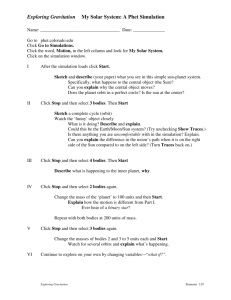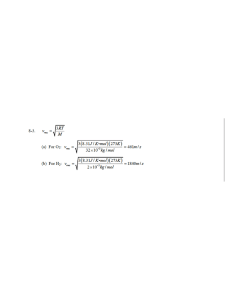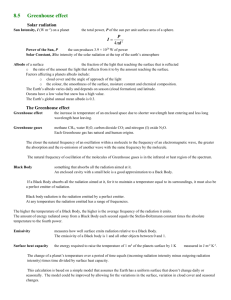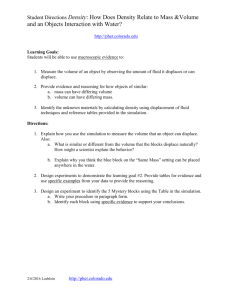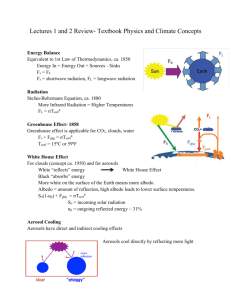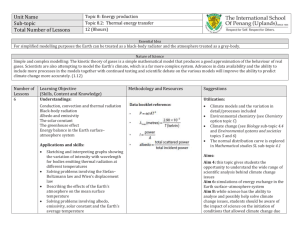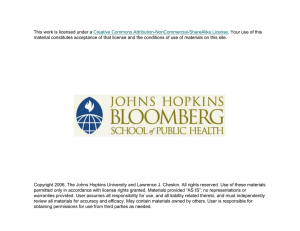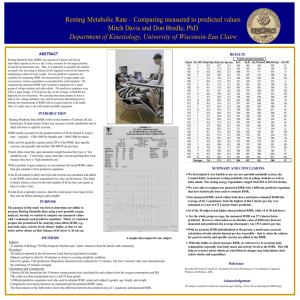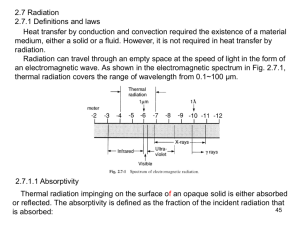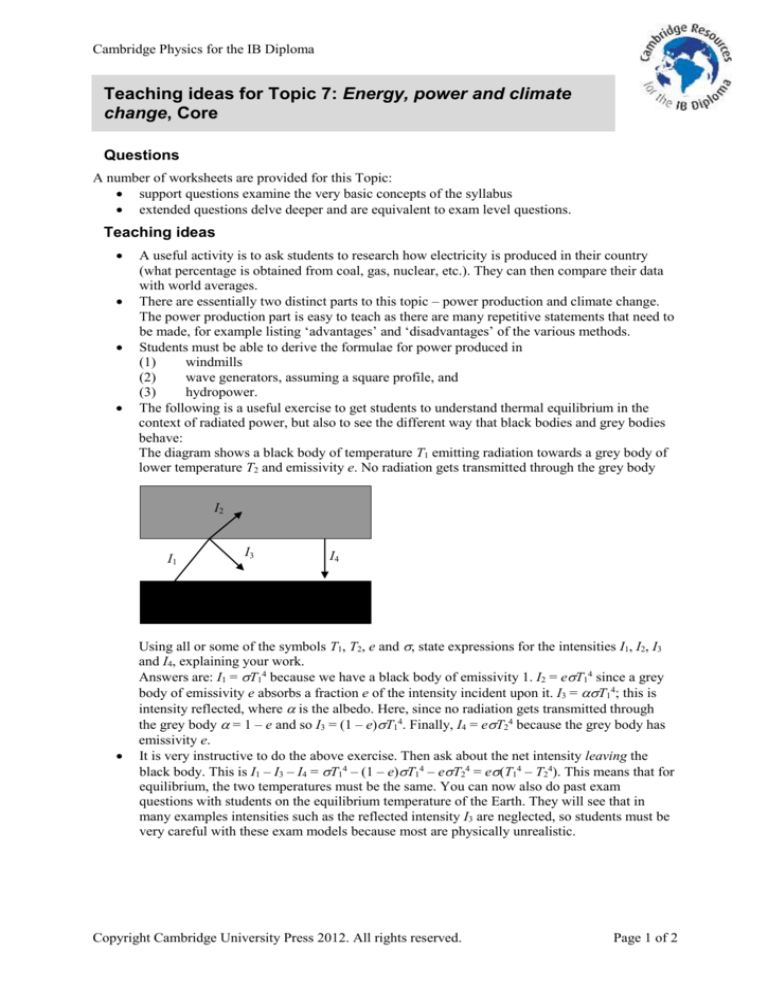
Cambridge Physics for the IB Diploma
Teaching ideas for Topic 7: Energy, power and climate
change, Core
Questions
A number of worksheets are provided for this Topic:
support questions examine the very basic concepts of the syllabus
extended questions delve deeper and are equivalent to exam level questions.
Teaching ideas
A useful activity is to ask students to research how electricity is produced in their country
(what percentage is obtained from coal, gas, nuclear, etc.). They can then compare their data
with world averages.
There are essentially two distinct parts to this topic – power production and climate change.
The power production part is easy to teach as there are many repetitive statements that need to
be made, for example listing ‘advantages’ and ‘disadvantages’ of the various methods.
Students must be able to derive the formulae for power produced in
(1)
windmills
(2)
wave generators, assuming a square profile, and
(3)
hydropower.
The following is a useful exercise to get students to understand thermal equilibrium in the
context of radiated power, but also to see the different way that black bodies and grey bodies
behave:
The diagram shows a black body of temperature T1 emitting radiation towards a grey body of
lower temperature T2 and emissivity e. No radiation gets transmitted through the grey body
I2
I1
I3
I4
Using all or some of the symbols T1, T2, e and , state expressions for the intensities I1, I2, I3
and I4, explaining your work.
Answers are: I1 = T14 because we have a black body of emissivity 1. I2 = eT14 since a grey
body of emissivity e absorbs a fraction e of the intensity incident upon it. I3 = T14; this is
intensity reflected, where is the albedo. Here, since no radiation gets transmitted through
the grey body = 1 – e and so I3 = (1 – e)T14. Finally, I4 = eT24 because the grey body has
emissivity e.
It is very instructive to do the above exercise. Then ask about the net intensity leaving the
black body. This is I1 – I3 – I4 = T14 – (1 – e)T14 – eT24 = e(T14 – T24). This means that for
equilibrium, the two temperatures must be the same. You can now also do past exam
questions with students on the equilibrium temperature of the Earth. They will see that in
many examples intensities such as the reflected intensity I3 are neglected, so students must be
very careful with these exam models because most are physically unrealistic.
Copyright Cambridge University Press 2012. All rights reserved.
Page 1 of 2
Cambridge Physics for the IB Diploma
Practical activities/ICT
The simulation http://phet.colorado.edu/en/simulation/blackbody-spectrum allows
you to play with the black body spectrum curve.
A simulation of the greenhouse effect, the effect of greenhouse concentrations and clouds can
be seen at http://phet.colorado.edu/en/simulation/greenhouse
The simulation http://phet.colorado.edu/en/simulation/microwaves has water molecules being
irradiated with microwave radiation of variable frequency. It models absorption of radiation
and excitation of the water molecules.
There are many sites for simulations of climate change with varying degrees of sophistication
and complexity and demanding small or very large amounts of computer time. Relatively
simple simulations to predict future temperature increases, sea level changes, etc. by varying
a reasonably small set of parameters can be performed at:
http://forio.com/simulation/climate-development/
Common problems
Students are generally comfortable with the first part of this topic (energy and power
production), but often get confused on the climate change/black body radiation part of the
topic. Some confusing past examination questions on this topic have not helped. It is
important to give clear and physically consistent examples so students can practice energy
balance calculations. Care must be taken not to give examples where a body radiates like a
black body yet it is given an albedo! An easy way out is to give examples in which the surface
acts as a black body and the albedo is in the atmosphere. It is always good to finish these
examples by asking the student to list the assumptions made in the calculation.
Theory of knowledge (TOK)
An interesting TOK connection with this topic is perhaps the need for society to take action
on a problem that, while scientific in nature, has become cloaked in political ideology. So
much so that it becomes difficult to distinguish scientific fact from political propaganda. How
does society act in light of conflicting information? Who gets trusted and who does not?
There are ethical issues here as well: developed countries (which in the past, and in some
cases even now, contributed enormously to greenhouse concentrations in the atmosphere)
now demand smaller emissions from developing countries. Is this ethical or even fair?
Copyright Cambridge University Press 2012. All rights reserved.
Page 2 of 2


